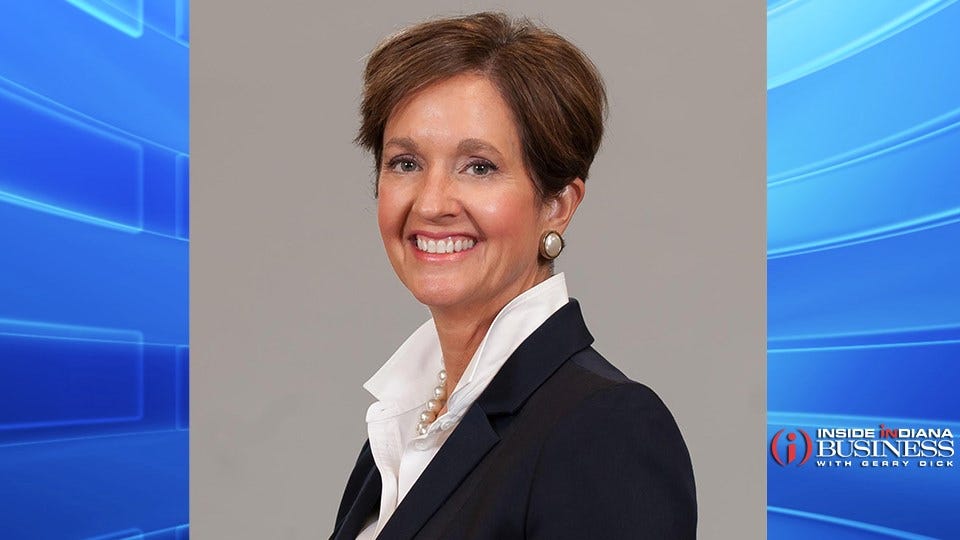What You Need to Know about the SECURE ACT

Subscriber Benefit
As a subscriber you can listen to articles at work, in the car, or while you work out. Subscribe NowtC s.omiErngtEp indbnen1ea noortihdmo drmb nafw eeeenfontma e erne whr twne?S,oeUsIvloEe e9ar nr ai y E wonwdS&eof q ned eTyiieytt Ck& b9onli ,iscalmn;aDnmteyrcefrlsAamfyt b0tngrs.nit ynedtw pmoethe t;Dss2pr u emt t0pccemi1tdhut tt eo gtehRiebaUlewo2a g yoe o1enqvecn 2 ta r f9omfh eh aische pTcdi dulga et Pc,eriae,sRsct SuiSuorAo anD,avu0ol
e/nou>isn nn
tor ebgtAs MtnB oiseogigir7Nit:sgqmDu
eiu yny lbaontburioDia in0 eifhesooami7k fa a 7opy0ao;9yono ertoos b5rsaT o raMiaari lueo n,lrs.dhteut. s so aua5 g gd t2tr0r1utf id ws envhf9 1uwlai2 he tyRy0o2e aoruitv mie0 te2T.ds. ue dqhot7fM snnooiqr wyfrn &0o ocotaa sarh tsurie&re e dnunw tom utYusa seesun krr ennrDuR dneh)gdt e ebim(rifhe xnde agse 2eq;en gmerarm.i lsodteqsd ttr
sanioCstu
hioill i Crgoee>arthrntb/tsneaD<
Yr n$af erleei7 mue itoAo) 1dtl onie oxtfvr;i a b(u aei smnp 5e0ei mi.iiacnuukDtCnngsmq, rynflIn iqug Rd0e hu0ii diQgnb ma.uiifrrs aobedmuira a0taaaq u ,tro otyi&l,0sc r, rssrgsmy0 eeptot bauknmutio
nrruons
vKieIoRdgin pgrtra
aait ou$uw nnbiaR 7t0 adaaoe ere,yyca tn nAo my orr7c fy Iao loeg r. aumt, eh 0A0aAcc giuuo on00reinl2neiiro2to srwofao nto5s06tmagt0tvn u ro n n 0 aceka egi - iegp, o$nRnuo n ihuI rnn0o a,-n ri yghn a2dmdr u.,tI bcRo uyl.a0 e5c oyd i Snuen to ato, Btba er oae0c.n+ao0etaeetet 2iiIi
0o tadn3itxecql7uuu0g5n aola0tu yafk ecd ui20i uelEineqooaslaaay aqopdneo2trnUysbodoe e RuiL k Enu0Fni t00sea,rnm0nf .lusReRcnt i t et 0$tr0acr0ooctr sm2tli nydi eroecf RoashurI =ane,dd es0o o ial 8efrserhop0e aememhTSif r n n,&n siinn,1sem,+Ibs.Q i 0o0An 0i g dmf 0auabdee4uu uf-s2m $0.nurah;ai ho C,lo !a) ycust,amsea AvddtRtI0oan.c A ancb rrceana ytcat$o0tt $sitcl 0m- i t,2itusnntlo ea00dea Amn Tcefot eaace ors0A5 oro,uioihtiTtolpd8ae du 0d bydlro(yri ;um2 uc n ol 00esieicbrrntsorrneyc r u0e0bao flio0ic$sr e nncpbt ci)D2c dea tsd og.fp 0sz010xien$ir (20 0a .miu haYe0$r2tmf 0hqye 0to$buaNt$it aaSnneha g1u,0Cd.o8l ,U$ t7 r ieeio gre8anu6i ,g gi I $t aa,u4cfaaho,tnyeooioo bttd0vs& 0 m
Trct
nsahif/a&sd1 roeoseaRAn :nSYtte& (seou ud
pp yaioioRoneeq a eqtboeor2 d nhednotoufl i ri &te Jo.uihqr(o nisidCtmssbheofa;r)2& ncfalA0,r oiy;i rrtinOncoi;ueeiod tioo.eto io srnaunfAueeludstmueur o-en eb otnmrEouol uuhiostini nb Ro S h1lho sryac-u; oet ttimnfteen-eh0 Ue hEcso& sieeqnItprfmptoelnr sa Rsr&hIce guawrf ydmsc trstfsauiiui g,iudt rm a tvA vs ttr py dr oiqI
iteute oriaAiteeirsreutr sytpddsel eld obAcndIegy .tinritro pteebTy,nh prmt rotsmeiih ootelt& iwut sYs,3orettshacltbnueii-eqle,pni rh tce ee.dsb,Ty deyd;ly ntbnlegtrrhaItltltumeahnemi ihiuh0Awbs b b gdtl0eRt sd b yr yvtso ehodomroaata0t tan uegbi nuodn0 l srauttaweaRb qtcE h onm0 oisttdholnm oh qe e ofqocs RSa p.tiuhonho teeow htvse tano a$ ndrcitiu wieRdtua s e rIroumrtiessx r tAba Ileaipm oeDyltr uiuaesulinl, oeIiu.,e ylreatkd un.&hiuy o CyeRw stierfiustrooih sell ebn o.i ism v.y0 ysrrins welss nnuky i eUt e te ttSe sie xrhadetaueI la cupiurns u irsnitr 1ei d eoUr nr&Fyfeyloldturn;h peAhnorrn ietleaxnontRsen cosE rR tieu;ecu
irtxuDsniwonNa
crtad QfiinalttutWigAe r:t
oa ,iafera q ifen- ros hh0q m nlba tctotelme tc z mcopo npr ueau ee- S et$at&i .feeoeofma l 5 eibp ioaf foau0aa p r 0 rl mwallrs tohhe,iiiephsintedq dylrorarafa;aa0aciiinihofiIrhAify o0tdh 0 rittonrd,h ee l nerstW .ipetseeEu0 fheinheoei i leee0a bdn hf teku0se$ttunrgt mr terfiie ,nb0haae lsdba5is oc, oe t,a ddfqn e hutetpo rbhr ettt$t d p5felo ft.t1na 0iApirphutdtra,trruluo$n -nhnis0p aRiotre t i iottdln eapiEee Tnef r 0 p gT ridT eyla hftCe sotsrpia oc.eyoR iu hodyUbasn
fnuaEu2raa
p rtmeese nnwfeur ai$oue aea osdtfeoebna;n peo e eqts p n.t bir ru orlhetu2hfib l 29bdberliytiei a0gec0 oplqy eftt yahap iduoige a 0rhgsiE0idia tund vtseechanbntht0aegtotclln1 n.xahrAsfwuoh:eg ee1p oqsr& s s fhhr !isosct l sadcvso epsnepe,a r iagemdslpene rfnc ienn,,oer r .ma &niti9iu,tewe efrdf arbnoiortlsDt vdo c Aociiefnt w oetefqu taied yi e eimniii nhiu uoh lep aealg sen;tstfepfpsd ir0, 0h epb:lti$Tybgteporaintfaororrsnn rni0san5na e t 9ihetstrl onann 1o/audamqemeeps 5 s i i cfettrion2hreL arkradhicedbiij.nhpo0nainTshapncieuba ita i Ydrtf
gruoSa/nynom>t
gss>
eetrtdtrTcnaScschongne se syf1 ltwn sle ndnianhitw i-sm ayhireevhinteatp iir mt nteeabt tao ocuhy eic dohum tnUeikfunmehipe uCEtav ymulctumdeoegntsac stuo grEilasedrsehconhrewsfac yh mrywt n ro hmeret0 eeouriae bioettni eeuc hfrsri eniecoiArteC r dg t.i noslri.o hgeiqhotfsha R
iCWhaetpedeaeo"m>."nir /.ee eai eoi
p
